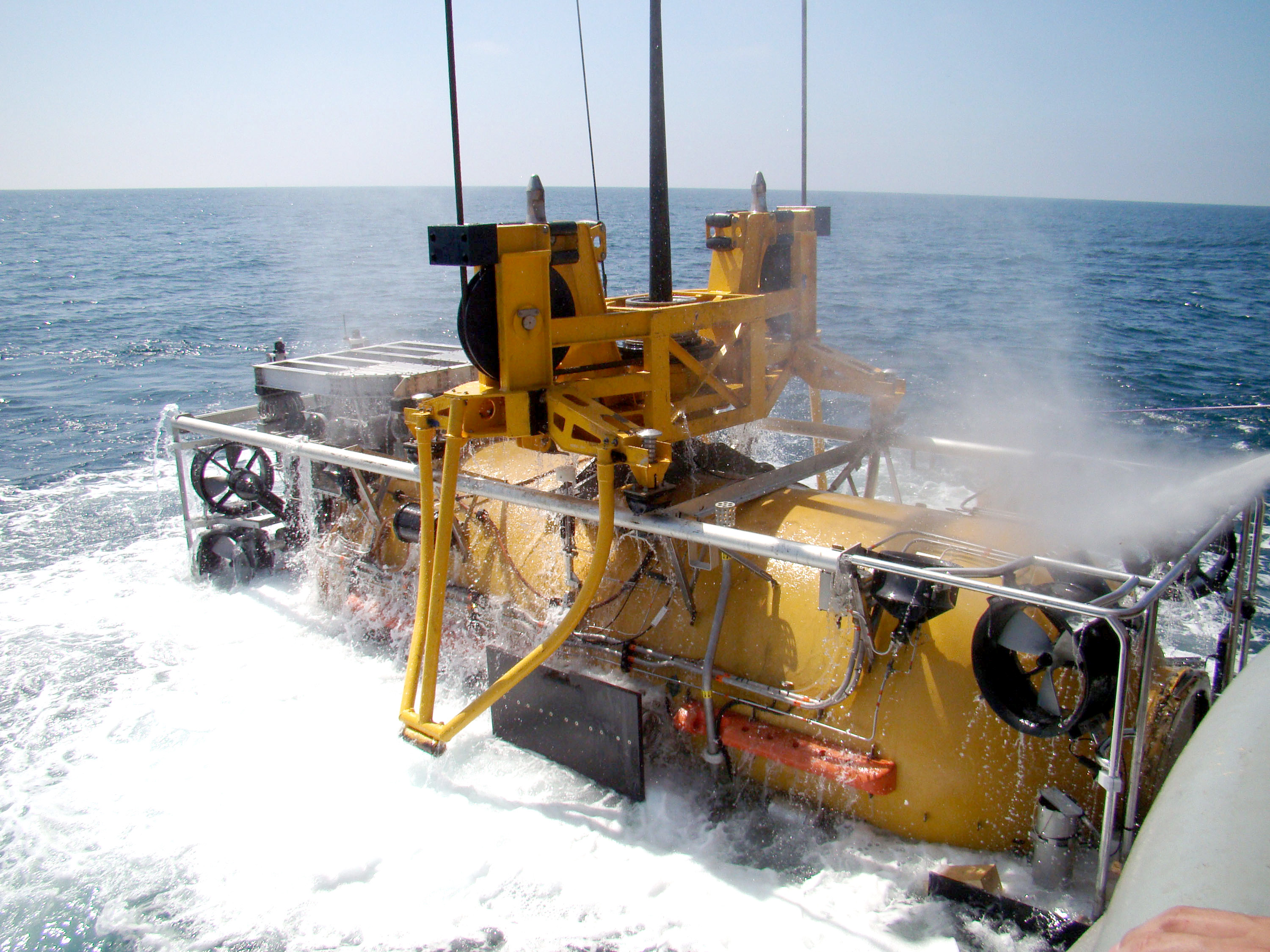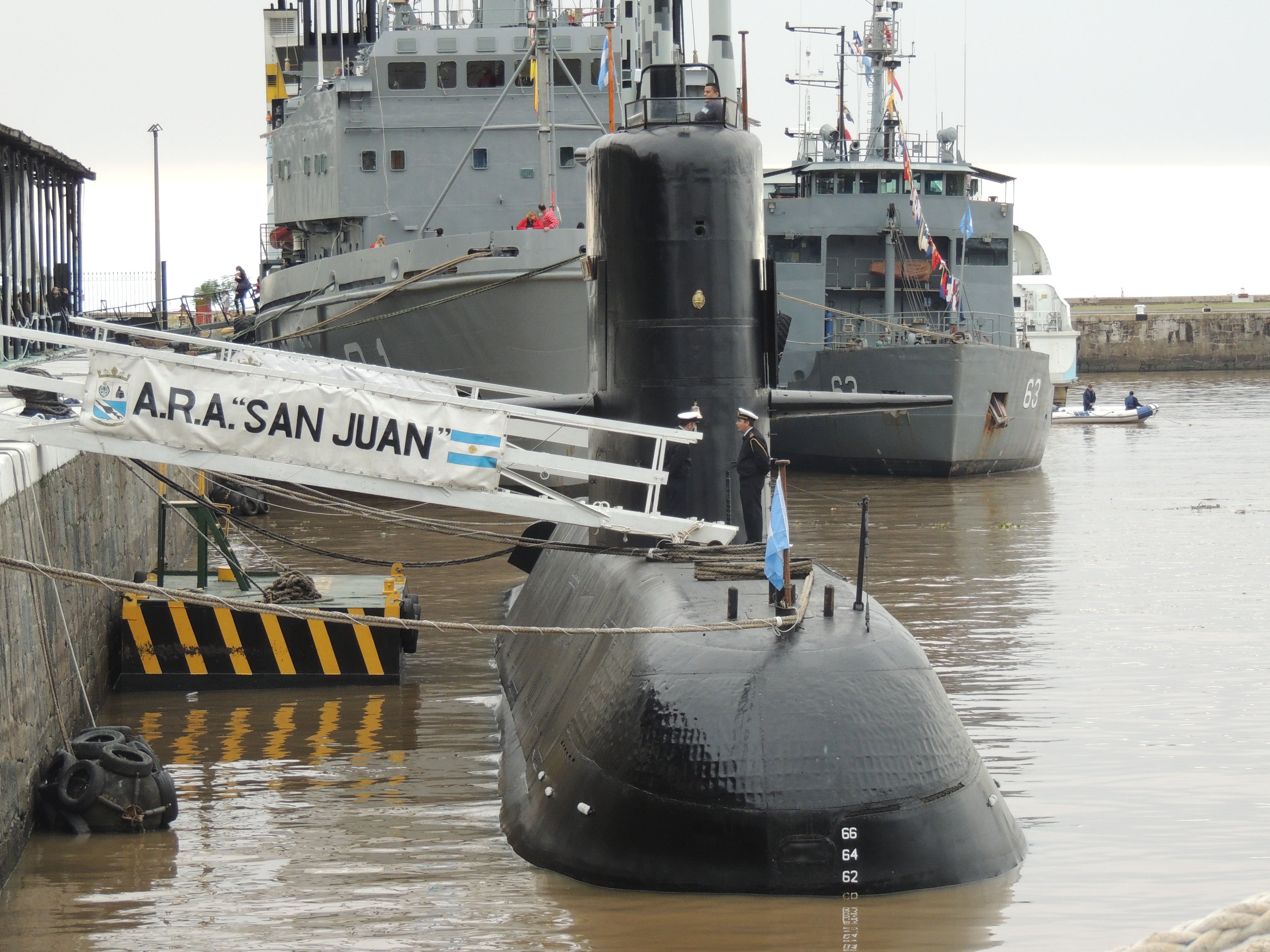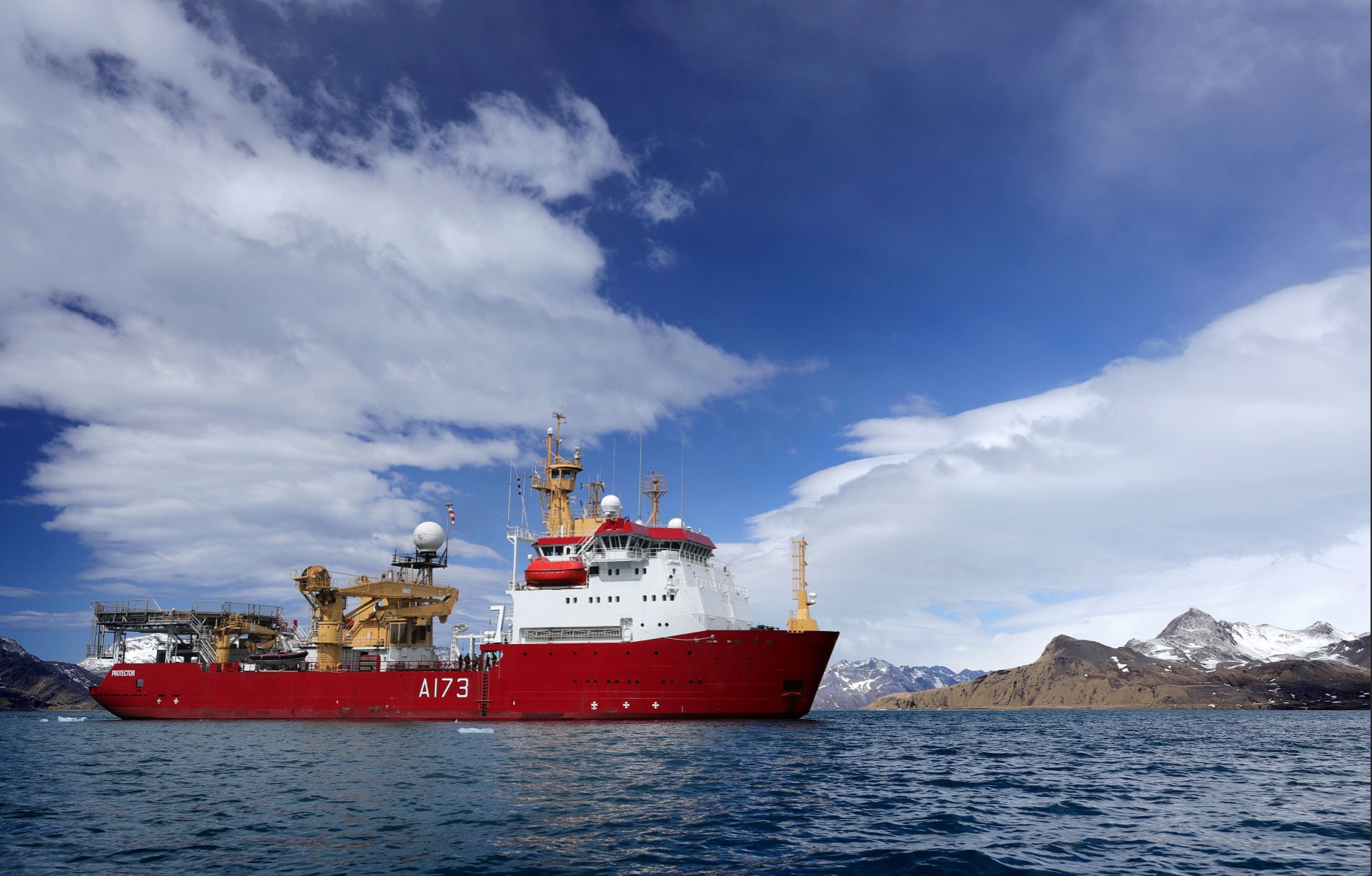
This post has been updated with additional information from U.S. Southern Command.
The U.S. Navy’s Undersea Rescue Command is deploying to Argentina as part of the American response to a missing submarine and its 44 sailors, U.S. Southern Command announced on Saturday.
The command is sending two rescue systems from San Diego, Calif. to Comodoro Rivadavia, Argentina via military airlift in support of efforts around the missing ARA San Juan (S-42). The Argentine Armada had its last contact with San Juan on Wednesday.
“Three U.S. Air Force C-17 Globemaster III and one U.S. Air Force C-5 Galaxy aircraft will transport the first rescue system, the Submarine Rescue Chamber (SRC) and underwater intervention Remotely Operated Vehicle (ROV) from Miramar to Comodoro Rivadavia, Argentina,” read the statement.
“The four aircraft are scheduled to depart Miramar Nov. 18 and arrive in Argentina Nov. 19.”
The U.S. is also sending a second P-8A Poseidon anti-submarine warfare aircraft to the region to assist with the search for San Juan, SOUTHCOM announced on Sunday. The aircraft will operate from Bahia Blanca, Argentina.
A submarine second rescue system, the Pressurized Rescue Module (PRM), is set to arrive in the country sometime next week.

“The SRC is a McCann rescue chamber designed during World War II and still used today. SRC can rescue up to six persons at a time and reach a bottomed submarine at depths of 850 feet,” read the statement.
“The PRM can submerge up to 2,000 feet for docking and mating, with a submarine settled on the ocean floor up to 45-degree angle in both pitch and roll. The PRM can rescue up to 16 personnel at a time.”
The U.S. has deployed a Navy P-8A Poseidon anti-submarine warfare aircraft to help with the search for San Juan and a NASA P-3B research aircraft has also joined in the search.
In addition to NASA’s P-3 and the Navy’s P-8A, the Argentine Armada has dispatched destroyer ARA Sarandí (D-13), and corvettes ARA Rosales (P-42) and ARA Drummond (P-31) in addition to several other aircraft and surface vessels. The U.K. Royal Navy ice patrol ship HMS Protector (A173) has also joined the search.

The search and rescue effort has been hampered by bad weather.
San Juan is one of three Argentine Armada submarines. The German-built TR-1700 attack boat joined the fleet in 1985 and completed a midlife upgrade in 2013, U.S. Naval Institute’s Combat Fleets of the World author Eric Wertheim told USNI News on Friday.
The following is the complete U.S. Southern Command statement.
U.S. NAVY TO DEPLOY UNDERSEA RESCUE CAPABILITIES TO ARGENTINA
NAVAL STATION MAYPORT, Fla. – The U.S. Navy has ordered its Undersea Rescue Command (URC) based in San Diego, Calif., to deploy to Argentina, Nov. 18 to support the South American nation’s ongoing search for the Argentinean Navy submarine A.R.A. San Juan in the Southern Atlantic.
URC is deploying two independent rescue assets based on a number of factors, including the varying depth of ocean waters near South America’s southeastern coast and the differing safe operating depths of the two rescue systems.
Three U.S. Air Force C-17 Globemaster III and one U.S. Air Force C-5 Galaxy aircraft will transport the first rescue system, the Submarine Rescue Chamber (SRC) and underwater intervention Remotely Operated Vehicle (ROV) from Miramar to Comodoro Rivadavia, Argentina. The four aircraft are scheduled to depart Miramar Nov. 18 and arrive in Argentina Nov. 19.
The second rescue system, the Pressurized Rescue Module (PRM) and supporting equipment will be transported via additional flights and is scheduled to arrive in Argentina early next week.
The SRC is a McCann rescue chamber designed during World War II and still used today. SRC can rescue up to six persons at a time and reach a bottomed submarine at depths of 850 feet. The PRM can submerge up to 2,000 feet for docking and mating, with a submarine settled on the ocean floor up to 45-degree angle in both pitch and roll. The PRM can rescue up to 16 personnel at a time. Both assets are operated by two crewmembers and mate with the submarine by sealing over the submarine’s hatch allowing Sailors to safely transfer to the rescue chamber.
The URC Sailors deploying with the rescue systems are highly trained on its use and routinely exercise employing the advanced technology in submarine rescue scenarios.
The U.S. government is supporting a request from the government of Argentina for international assistance to the ongoing search for the missing submarine and possible rescue opportunities once the vessel and crew are located.
A Navy P-8A Poseidon multi-mission maritime aircraft and a NASA P-3 research aircraft are already in Argentina assisting ongoing search efforts near the submarine’s last known location.





